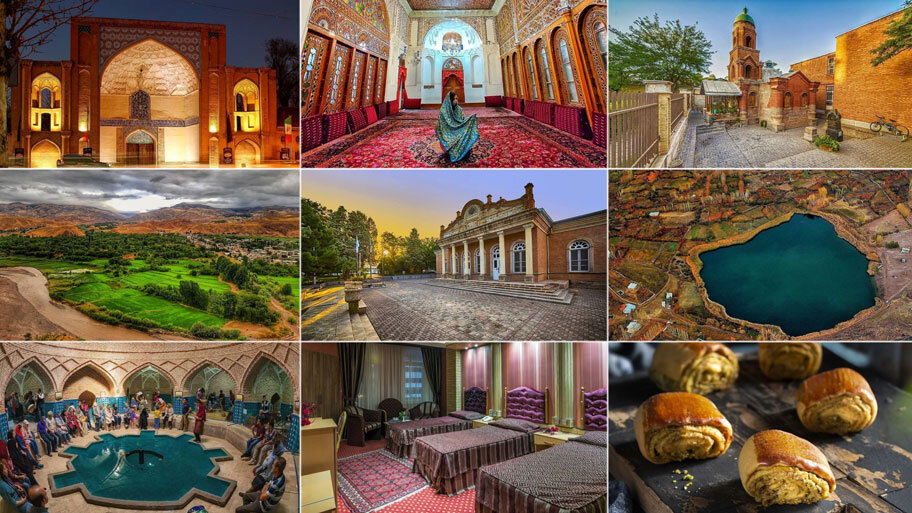Qazvin’s rich heritage to be highlighted in national conference

TEHRAN – The ancient city of Qazvin, which was the capital of Persia for over forty years (1555–1598), will be hosting a national conference to highlight its rich cultural heritage.
According to organizers, the National Conference on the History, Culture, and Art of Qazvin is intended to celebrate and help preserve the rich heritage of the ancient city, inviting scholars and enthusiasts to engage in meaningful discussions and explorations of Qazvin’s illustrious past and vibrant culture.
“This event is organized in honor of Qazvin Day, celebrated on August 30 (9th of Shahrivar in the Iranian calendar),” Qazvin province’s tourism chief said on Tuesday.
Alireza Khazaeli highlighted the main objectives of the conference, which include providing an academic platform for researchers to present their studies and identifying and introducing the latest research findings in the fields of history, civilization, culture, and art of the Qazvin province.
Khazaeli outlined the various themes of the conference, which encompass a wide range of topics that include history and geography before and after (the advent of) Islam (in the region) and the contemporary era; archaeology; architecture and urban planning from past to present museums, historical artifacts, arts, and literature.
Local dialects, linguistics, and folk literature and anthropology, local customs, traditions, and ceremonies, tourism and its potential with a special focus on the Safavid-era traditions will be other pillars of the conference, the official explained.
According to the official, the conference is scheduled to take place on August 28 (7th of Shahrivar), two days before the official Qazvin Day.
Khazaeli mentioned that this event is part of a series of academic and cultural sessions related to the city of Qazvin. "We hope that holding this conference will be an effective step in appropriately introducing and preserving the valuable historical and cultural assets of this ancient city," he added.
Situated some 150 km northwest of Tehran, Qazvin was the capital of the Safavid Empire for over forty years (1555–1598) and is nowadays known as the calligraphy capital of Iran.
The city has sometimes been of central importance at major moments in Iranian history. It was initially founded by Shapur I (r. 240–270), the second ruler of the Sasanian Empire. It was refounded by Shapur II (r. 309–379), who established a coin mint there. Under the Sasanians, Qazvin functioned as a frontier town against the neighboring Daylamites, who made incursions into the area.
It was captured by invading Arabs around 644 CE and destroyed by Hulagu Khan in the 13th century. In 1555, after the Ottoman capture of Tabriz, Shah Tahmasp (1524–1576) made Qazvin the capital of the Safavid Empire, a status that Qazvin retained for half a century until Abbas the Great moved the capital to Isfahan in 1598. Today, it is a provincial capital that has been an important cultural center throughout its history.
AM
Leave a Comment